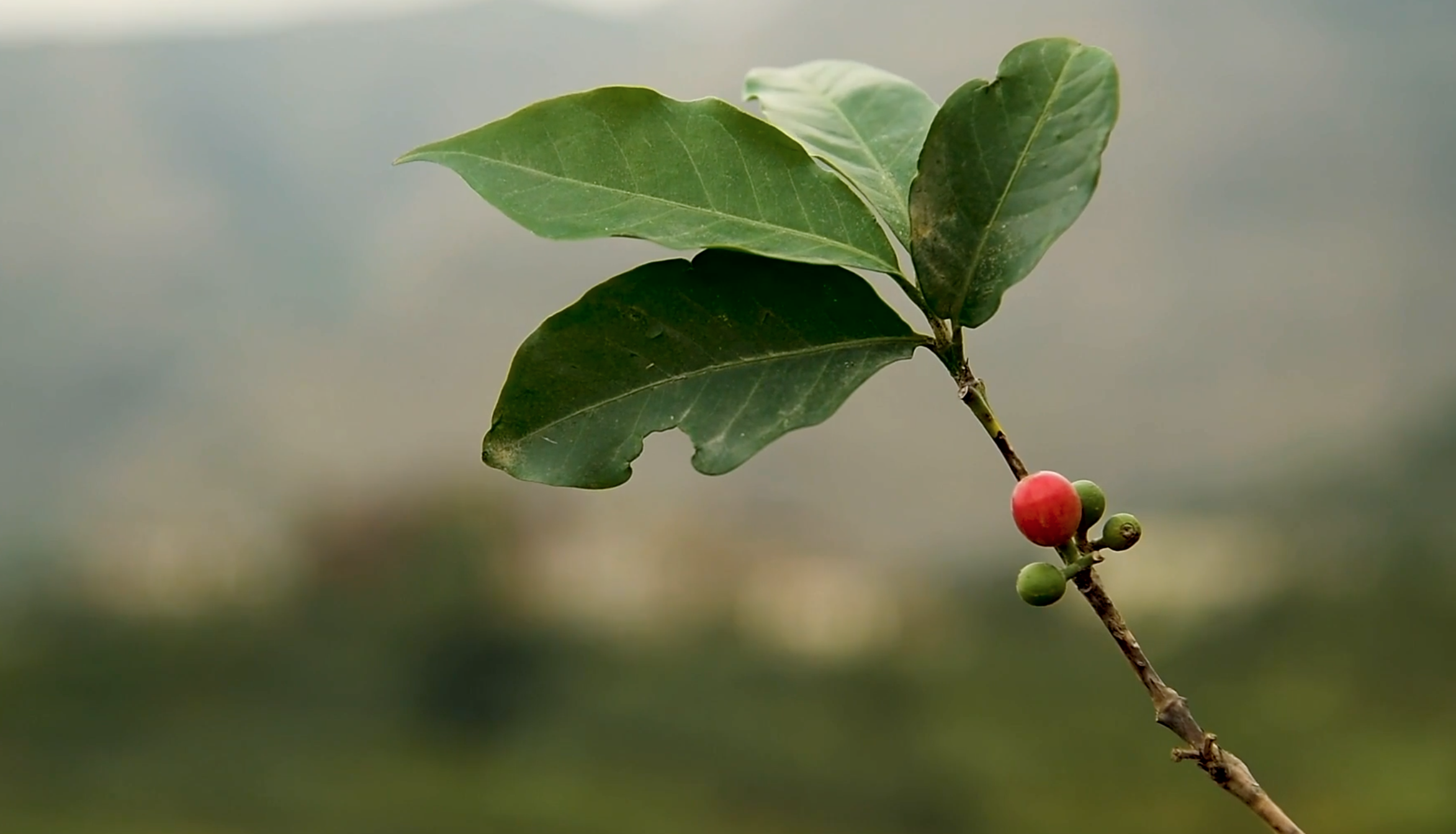
WELCOME TO YEMEN
THE BIRTHPLACE OF COFFEE CULTURE
When one thinks of the countries around the world most associated with coffee, Yemen probably doesn’t come to mind. But coffee is deeply connected to the country’s history and the world owes much of its coffee culture to the little-known country. Whilst the coffee tree has its roots in Ethiopia, the coffee drink originated in Yemen and up until the early 1700s, Yemen was the world’s sole exporter of coffee.
Initially sourcing from 30 farmers in one small community In Yemen, today Qima works with over 2,600 farmers across 53 communities throughout Yemen’s coffee lands. Operating directly at farm-level and working exclusively with fresh cherries, Qima Coffee is Yemen’s only fully integrated specialty coffee operator and the country’s largest specialty exporter.
Sourcing from Sana’a, Dhamar, Ibb, Mahwit, Raymah, Hudaydah & Tai’zz

The Rise and Fall of yemeni coffee
The bean is said to have been first consumed as a beverage in western Yemen in 1450 by the country’s mystical Sufi monk population who used the drink to help them stay awake during all-night meditations. This discovery marked the beginning of the world’s coffee drinking culture as we know it today – from barista brews to cupping forms to roasting curves, and everything in between.
Yemen prospered as coffee made its way around the world; by the early 1700s, virtually the entire country’s income came from coffee exports, and the whole world’s coffee supply came from Yemen. As a result of this boom, much of Yemen’s farming population moved to growing coffee in the 17th and 18th centuries. Today, it is not uncommon to come across Yemeni farmers who have been working in coffee cultivation for multiple generations going back 400-500 years.
As global demand for coffee exploded, colonial trading companies such as the Dutch, French and British East India Companies began smuggling beans out of Yemen and planting them in countries under colonial rule. Eventually they began producing and exporting their own coffee, typically under forced cultivation systems in which farmers were forced to produce and sell coffee at a price and volume dictated by the colonial trading company.
With sources of cheap coffee being made available and no quality-based differentiation from the market, Yemeni coffee could not compete and its market share began to rapidly shrink. Over just a few centuries, Yemen went from being the world’s only coffee exporting country to having a minuscule share of the market. By 1800, Yemen was producing just 6% of the world’s coffee. Today, it’s less than 0.1%.
As coffee prices remained low over the centuries that followed, Yemen’s coffee industry was neglected and relegated to a relic of the past. Today, coffee cultivation has all but disappeared. What has made matters worse is that Yemeni farmers can make far more money growing the narcotic plant ‘qat’ than they can coffee, and due to the country’s dire economic situation, many have reluctantly switched over.
While the eruption of the 2015 civil war adds another layer of adversity to Yemen’s history, the country’s future has never been so fragile
Contact us to find out how you can support The Qima Foundation

Yemen is a treasure trove of genetics.
It is a well-known fact that 98+% of the world’s cultivated varieties can be traced back to Yemen. Yet despite this fact, there has been practically no work carried out to explore Yemen’s genetic landscape. Since its establishment, Qima Coffee has been carrying out extensive research to develop a better understanding of Yemen’s genetics.
Our findings have shown that Yemen contains the entire world’s spectrum of cultivated coffees.
We also discovered a pure arabica mother population that represents a new ocean of genetics with untapped potential to transform the genetic landscape of Coffea arabica .





